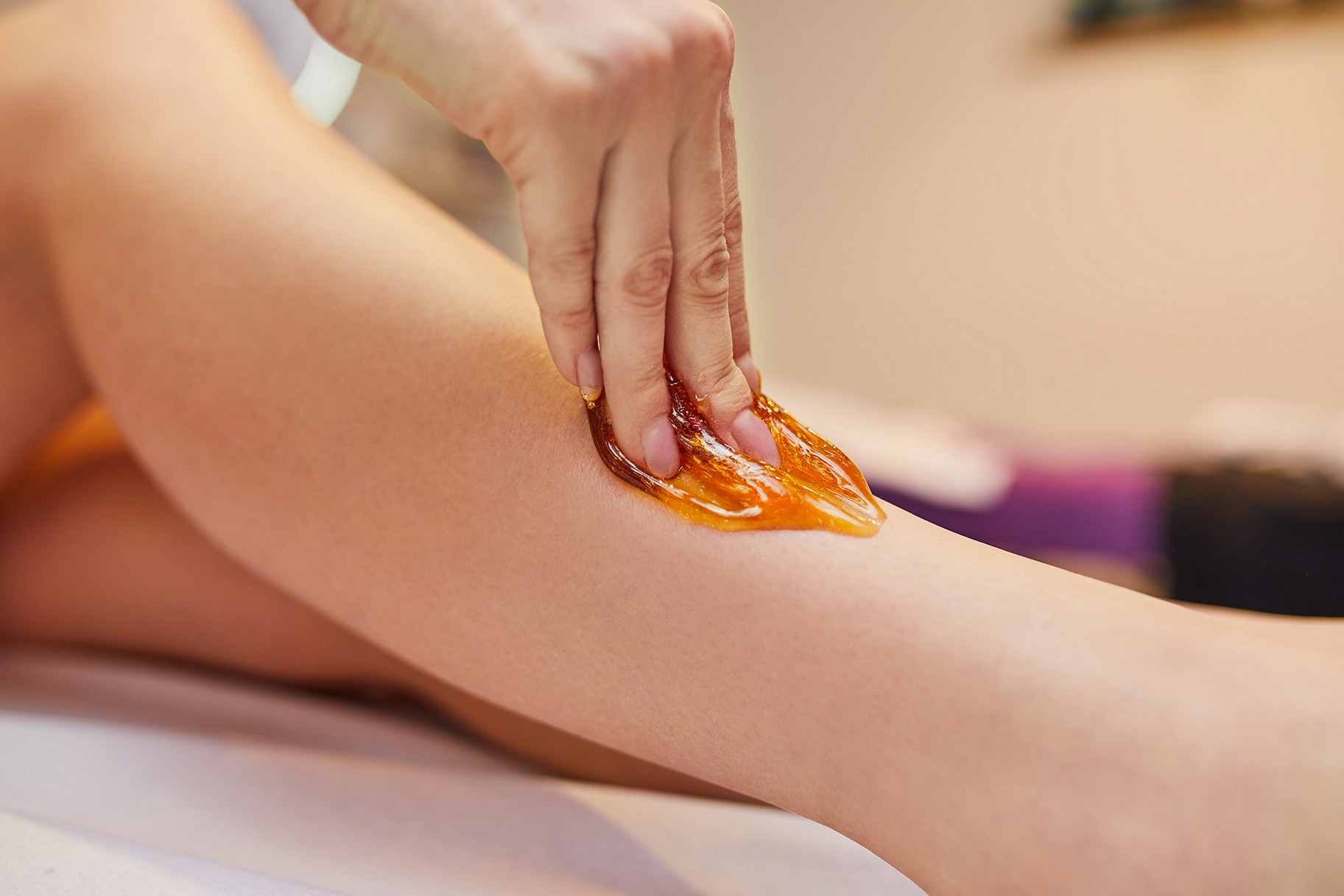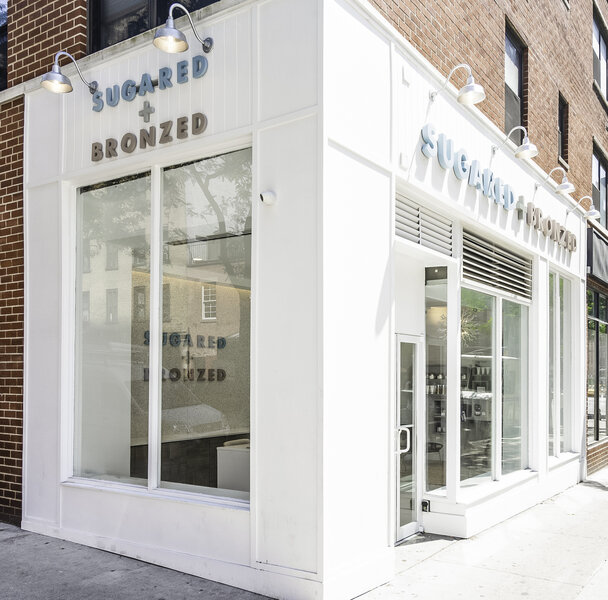
Create a free profile to get unlimited access to exclusive videos, sweepstakes, and more!
This Old-School Form of Hair Removal Is Making a Major Comeback
Even Cleopatra, who was no stranger to #selfcare, was purportedly a fan of the super smooth results that sugaring delivered.

The beauty community has an unapologetic penchant for circling back and touting ancient hacks and secrets — and for good reason. Sure, we are eternally grateful for modern-day inventions that keep us looking svelte, groomed, and much younger than our years, but there’s also something to be said for techniques and ingredients that have worked brilliantly for countless decades.
Case in point: sugaring, an old-school form of organic waxing that has Middle Eastern and African origins. Even Cleopatra, who was no stranger to #selfcare, was purportedly a fan of the super smooth results that sugaring delivered.
In the mid-1980s and ‘90s, the trend took off in North America, but its mild popularity waned over the years. However, if you’ve kept up on buzzy beauty trends, you might have noticed a recent sugaring renaissance. Over the last three to five years, sugar bars and salons have begun cropping up at an increased rate, and existing sugar salons have been the receiving end of a sweet and sticky boon.
While we don’t have any hard or fast studies on why it’s become suddenly popular, we speculate that it has something to do with an increased demand for natural, organic, and vegan skincare. In any case, if you’re new to the technique or simply have lingering questions, we’ve got you covered below.
How is sugaring different from regular waxing?
Waxing and sugaring are similar in that they are both used for hair removal, but the way it affects the skin is different.
“Waxing is a technique where hot wax is applied to the skin in melted form and adheres to the skin and dries firmly around the hair. The technician then rips the wax off with a strip of muslin removing hair and sometimes a superficial layer of skin with it,” explains Dr. Anna Guanche, a celebrity dermatologist and the founder of Calabasas, Calif.’s Bella Skin Institute. “Sugaring is when a special, sticky sugary concoction — paste or gel — is formed and adheres to the hair. However, it doesn’t attach to the skin. A sticky ball of sugar paste is rolled in the direction of the hair growth. The hair is then removed without removing any of the skin.”
The primary differences are the ingredients used (sugar paste is made with sugar crystals, water, and lemon; hard waxes contain resins, waxes, petroleum, and polymers), and temperature. Dr. Guanche says that the sugar paste can be applied at room temperature, which minimizes burns and discomfort unlike wax which has to be heated to be applied.
But does it actually work?
This is the ultimate question, and the answer, according to the many who perform and receive sugaring, is a resounding and enthusiastic, “Yes!”
“If hair is the correct length — about as long as a grain of rice — sugaring is very effective, and you won't need to get sugared again for another month,” says Courtney Claghorn, the founder of Sugared + Bronzed, which has locations throughout California and New York City. “It can also be a less painful hair removal method if done regularly. Sugaring doesn’t cause in-grown hairs, and in most cases, can correct them. In addition, sugaring is a natural exfoliating treatment for the skin and can lead to permanent reduction of hair growth.”
Also, because sugaring paste or gel doesn’t adhere to skin cells in the same way wax does, it minimizes pulling, bruising, and overall skin irritation. It’s also way easier to clean up since you only need a little soap and water to remove the residue.
So what are the drawbacks?
We know what you’re thinking: let’s get to the catch! Honestly, the experts we spoke to, and the general feedback across beauty forums, is that sugaring is the ideal form of hair removal. The primary con is that it requires longer hair growth than traditional waxing.
“With the gel form, there needs to be at least one-fourth inch of hair growth for the gel to grab on to and remove the hair. Some people do not like to wait for their hair to get that long — especially on the legs or bikini area,” notes Dr. Guanche. “Additionally, like any substance applied to the skin, there is still a potential for irritation from the sugaring paste or gel.”
Another con is that, if you prefer to DIY your hair removal at home, the sugar paste must be made and used right away for sanitary purposes, whereas wax simply needs to be heated up in a container.
The verdict ...
Given that the prices are comparable to regular waxing, sugaring is definitely worth a shot if you’re up for trying something new. Especially if you’re seeking an alternative that utilizes all natural ingredients and is gentler on your skin. Regardless of the salon you venture into for your hair removal needs, though, we wish you a very smooth exit.
















